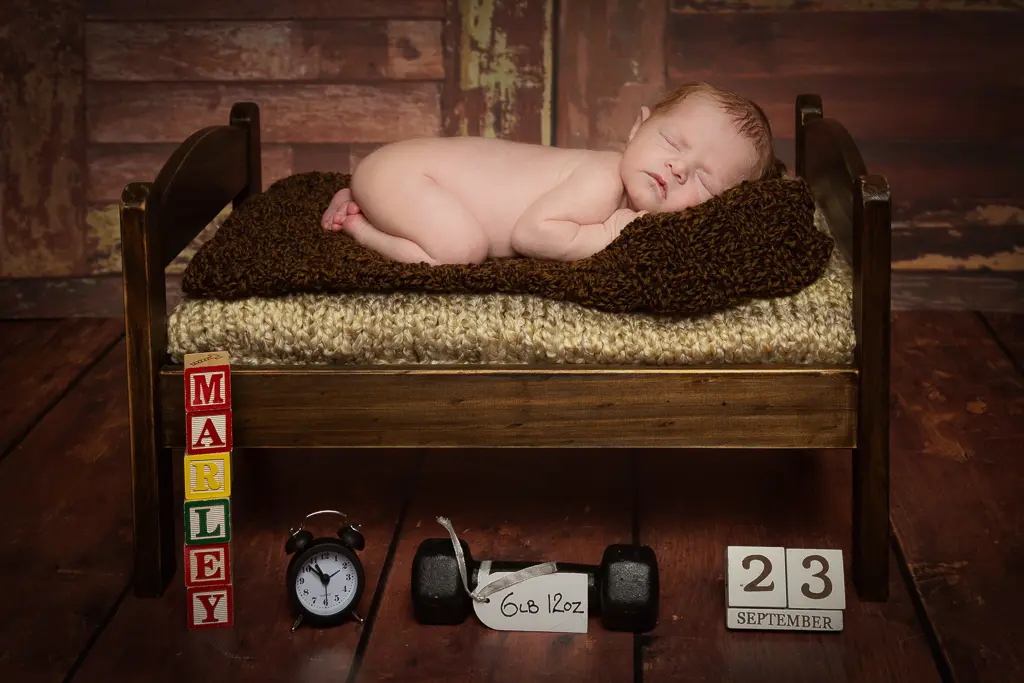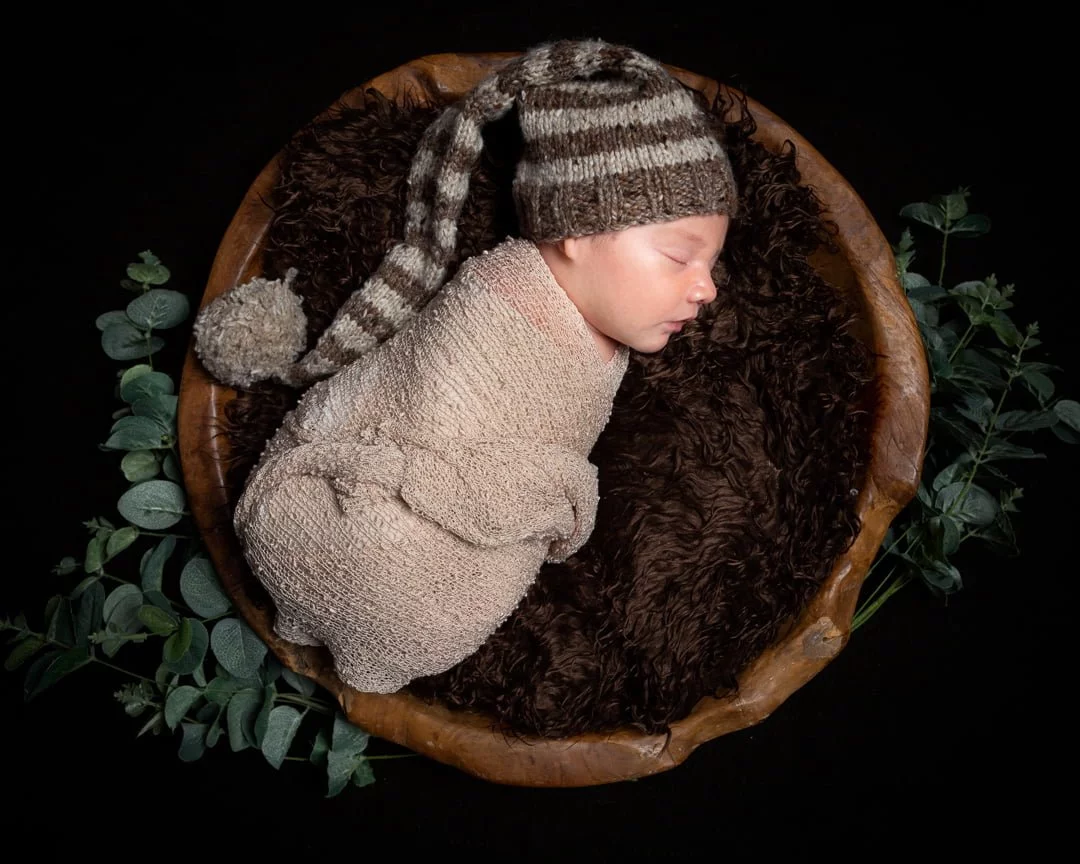We often think of nursery rhymes as sweet little songs from our childhood—soothing, silly, and entirely innocent.
But many of the rhymes we know and love today have surprising (and sometimes sinister) backstories. Whether rooted in historical events, political satire, or public health disasters, these verses were often far more grown-up than they first appear. Here are five of the most fascinating hidden meanings behind some well-known nursery rhymes.
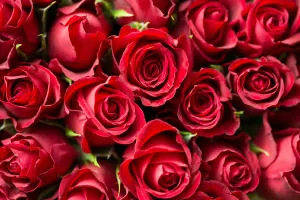
Ring a Ring o’ Roses
Often linked to the Great Plague of 1665.
The line “Ring of roses” is commonly interpreted as a reference to the red rash that was one of the first symptoms of the plague. A pocket full of posies refers to the herbs people carried to ward off the disease. We all fall down is widely believed to symbolise death. While modern historians now debate the accuracy of this interpretation, the spooky association has lingered in popular culture.

Jack and Jill
This might be more than a tumble.
Some theories suggest this rhyme is a thinly veiled tale of beheaded royalty—namely King Louis XVI and Marie Antoinette. “Jack fell down and broke his crown / Jill came tumbling after” could represent both monarchs meeting a grisly end during the French Revolution. Others interpret the rhyme as a cautionary tale about young lovers or even drinking from a dangerous spring. Either way, it’s likely this verse isn’t just about a simple fall.

Mary, Mary, Quite Contrary
Believed to be about Mary I of England, also known as Bloody Mary.
This rhyme may seem floral and cheerful on the surface, but it might be far more violent underneath. “Silver bells” and “cockle shells” are said to reference instruments of torture. “Pretty maids all in a row” could allude to a line of execution devices. The garden imagery masks a grim period in British history, where religious persecution was carried out with chilling efficiency.
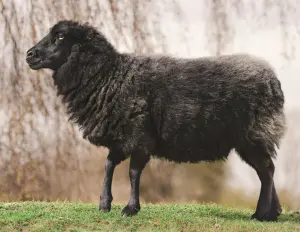
Baa Baa Black Sheep
Once linked to a medieval wool tax.
This rhyme might be about more than just livestock. The line “Yes sir, yes sir, three bags full” has been interpreted to reflect the distribution of profits: one bag for the king, one for the church, and one for the farmer. It may have served as a subtle protest against the heavy taxation of wool—a major source of income in medieval England. If so, it was a surprisingly rebellious little ditty.
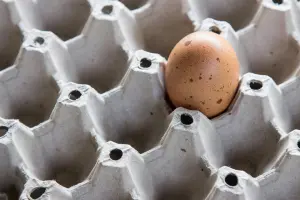
Humpty Dumpty
ot actually an egg originally!
The original version of this rhyme never mentioned an egg at all. Some historians believe Humpty Dumpty was actually a cannon that fell during the English Civil War and couldn’t be repaired. “All the king’s horses and all the king’s men” tried—but ultimately failed—to put the heavy artillery back together again. It was only in the 19th century that illustrations started depicting Humpty as an egg, and the image stuck.
It’s fascinating how many of our most beloved nursery rhymes have roots in war, politics, disease, and rebellion. What began as subtle storytelling or coded protest has become playful poetry for children—stripped of its darker layers. But once you know these histories, it’s hard not to hear them differently.
Baby Photography
You can book a stand alone baby photo shoot for £95 including three digital images or you can take a look at my Baby Photography Club which includes
- Sessions at 4, 8 and 12 months
- The last session as a cake smash / tub splash if you’d like it (no extra charge)
- Your favourite image from each session in a wall frame at the end of the year OR a free digital image from each session
- Online private image gallery after each session (no sales / viewing appointments)
- £39.95 for the sessions and the wall frame


